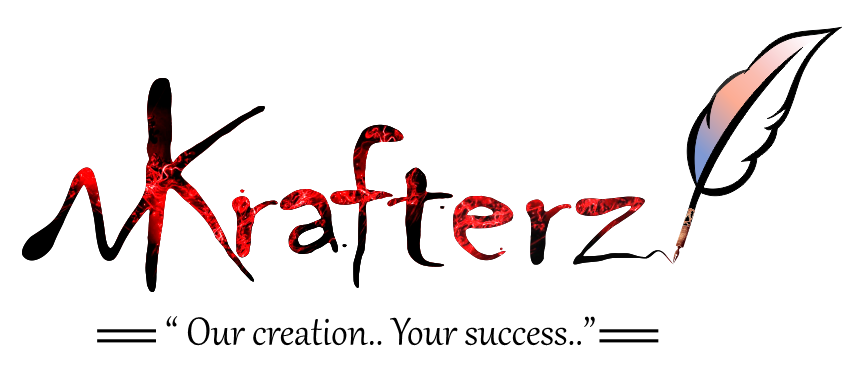No products in the cart.
Difference Between Resume/ Curriculum Vitae/ Bio Data

RESUME
Resume is a French word meaning “summary”.
A resume is basically a summary of one’s education, skills and employment when applying for a new job. A resume does not list out all details of a profile, but only some specific skills customized to the target job profile. It thus, is usually 1 or at the max 2 pages long. A resume is usually written in the third person to give it an objective and formal tone.
A good resume starts with a Brief Profile of the candidate, Summary of Qualifications, followed by Industry Expertise and then Professional Experience in reverse chronological order. Focus is on the most recent experiences (with responsibilities and accomplishments), and previous experiences are only presented as a summary. This would be followed by Education details and/or Professional Affiliations and/or Voluntary Initiatives.
- 1 or 2 pages max.
- Lists important KRAs or OKRs from the last 10 years.
- Lists only relevant and active certifications.
- Customized to a target job description.
- Written in a neutral or third person tone.
- Most Important Information: Full Name, Contact Details, Experience in reverse-chronological order, Education details, Professional Skills & Certifications
- Not required: Date of Birth, Gender, Fathers name, Nationality, Hobbies, and Declaration.
CURRICULUM VITAE (CV)
A CV is a more detailed document than a resume, generally 2 to 3 pages, or even longer as per the requirement. A C.V. lists out every skill, all the jobs and positions held, degrees, professional affiliations, and in chronological order. A CV is used to highlight the general talent of the candidate rather than specific skills for a specific position. CVs list out your entire career ever since you graduated. So if you have 20 years of experience, your CV will have details of the entire 20 years even if it means a 10 page document.
- No limit on the pages.
- Lists important KRAs or OKRs from the entire tenure.
- Lists all skills and certifications held (also expired)
- Customized for a larger audience and not for a specific job description.
- Written in a first, neutral or third person tone.
- Most Important Information: Full Name, Contact Details, Short Bio, Education details, Experience in chronological order, Professional Skills & Certifications, Interests, Courses, Publications, References
- Not required: Date of Birth, Gender, Fathers name, Nationality, Hobbies, Declaration
BIO-DATA
Biodata is the short form for Biographical Data and is an archaic terminology for Resume or C.V. This term is mostly used in India by people who started their careers back in the 60s, 70s, and 80s.
Since it is an archaic term, Biodatas are not to be used in a career oriented field anymore. Our parents used to share their biodata when they would go for interviews back in the 70s. Nowadays, Biodata has a reference mostly in case of arranged (or love) marriages where parents ask for it from the other party.
In a bio data, personal particulars like date of birth, gender, religion, race, nationality, residence, marital status, and the like re mentioned. A chronological listing of education and experience comes after that but only to show what a person has done, it is not for the purpose of a job. In some South Asian countries (e.g. Bangladesh) it may be used in the place of a resume. A biodata form is also required when applying for government, or defence positions.
- No limit on the pages.
- Focus on Date and Time of Birth, gender, religion, race, nationality, residence, marital status.
- Customized for the purpose of marriages.
- Written in a first or third person tone.
- Education & Experience: not mandatory.
- Salary details: mandatory if using for matrimonial purpose.


